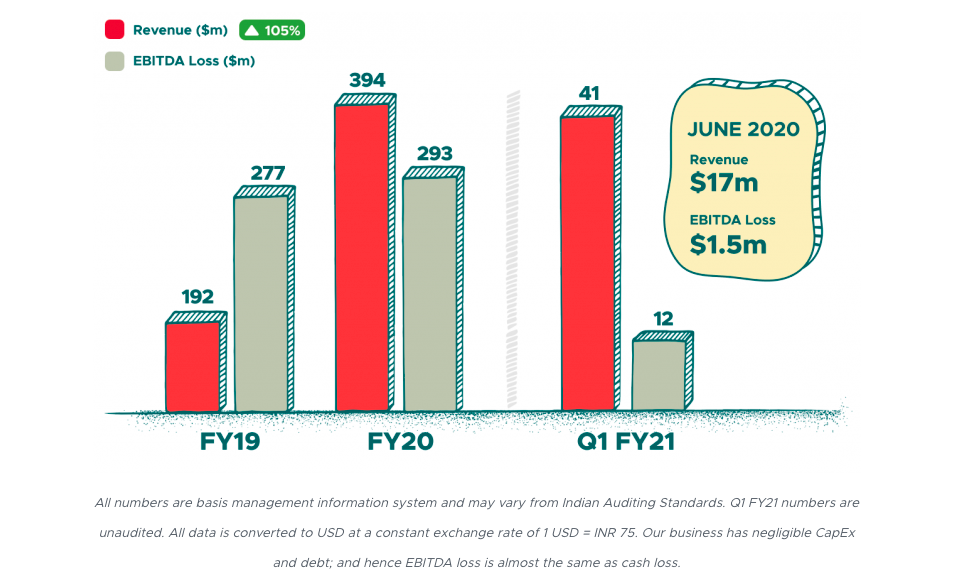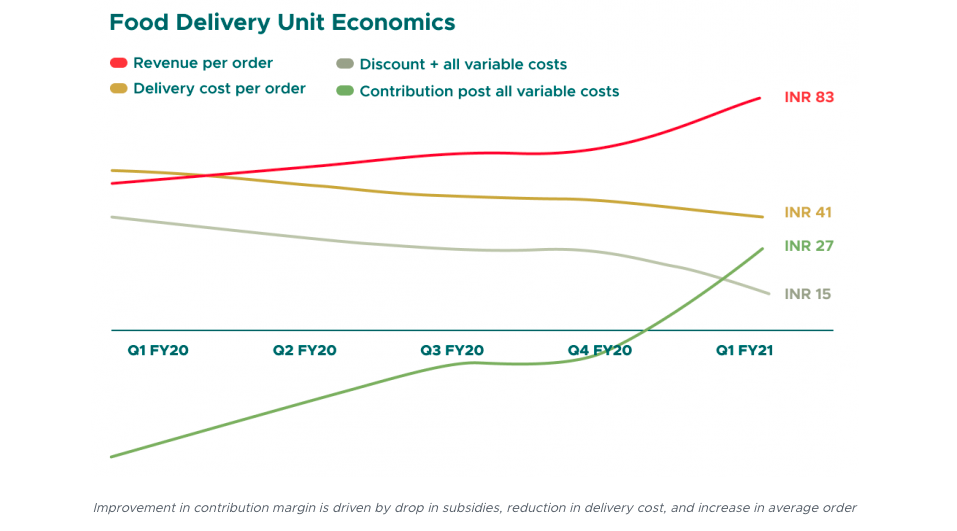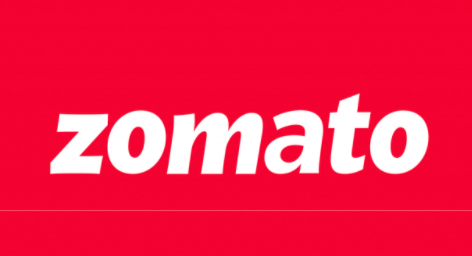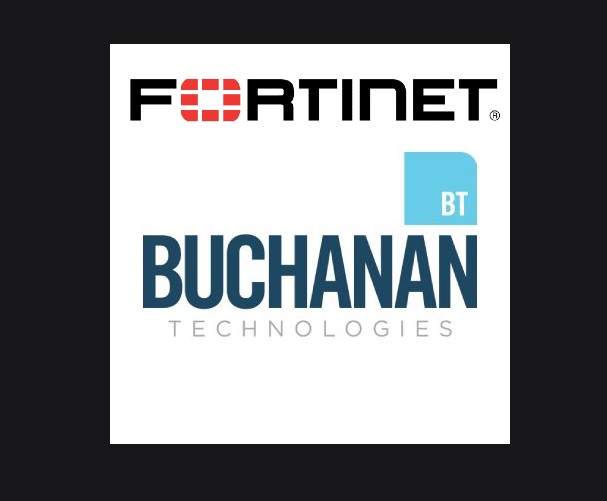Bengaluru, NFAPost: Zomato, leading food tech company, registered 105% growth in revenues to touch $394 million during FY20 compared with only 47% in the same period last fiscal.
The company’s performance increased because of operational efficiency and remodelling of business verticals. The company also accentuated the tech capability to further improve its efficiency.
The company made it clear moving the business towards profitability was a core focus for us in FY20 and the company made significant progress along that journey.
Deepinder Goyal, Zomato founder and CEO, said in the last few quarters the company fast tracked its efforts towards making business profitable and drive efficiency into its spends.
“While COVID-19 has impacted the size of our business, it has accelerated our journey to profitability. In terms of the size of the business, COVID-19 has set us back by a year or so – but a year is only a small blip when you are building a company for the next 100 years,” said Zomato founder and CEO Deepinder Goyal.

He pointed out that COVID-19 has positively impacted the health of the business as Zomato seems to have gained 2-3 years along this vector.
“In July 2020, we estimate our monthly burn rate to land under $1m, while our revenue should land at ~60% of pre-COVID peaks ($23m per month). We expect to make a complete recovery in the coming 3-6 months while continuing to maintain tight control on costs/profitability,” said Zomato founder and CEO Deepinder Goyal.
While FY20 was a defining year for food delivery in India, the company stated that FY19 saw hyper-competition between four well-funded food delivery players and FY20 ended with a two player market structure. Zomato’s FY20 India Food Delivery GMV grew by 108% over FY19.
Zomato also witnessed a massive transformation with the acquisition of Uber Eats India business in January 2020 which helped propel us to market leadership in this hotly contested space.
The transition of users and merchants from Uber Eats India to Zomato was swift, and so well coordinated by both the teams that the company was able to transfer and retain 97% of the combined GMV on the Zomato app.
“Right after the rise of COVID-19 cases in India towards the end of March, our food delivery GMV hit its lowest point in two years – GMV was 80% down in the last week of March 2020, compared to our peak pre-COVID-19 week (in mid February),” said Zomato founder and CEO Deepinder Goyal.
As of now, Zomato’s food delivery GMV has recovered to 60% of pre-COVID levels. The company also took a number of important steps to ensure safety of food delivery customers, which has been a significant driver of the rebound in the business so far.
The unit economics of our food delivery business has improved consistently over the last 18 months. In Q1 FY20, Zomato used to make a contribution margin of Rs47 per order; in Q1 FY21, we made a contribution margin of +Rs 27 per order.

The food delivery company doesn’t believe that the current contribution margin in the business is sustainable in the long term.
“Over time, we expect contribution margin per order to normalise between +₹15-20 per order. Net EBITDA for this business segment is expected to improve, as the growth in order volume hereon should offset any corresponding drop in contribution margin,” said the company Founder and CEO.
Zomato also said dining out business grew steadily in spite of headwinds (e.g. logout campaign against Zomato Gold by restaurants in India) with significant gains in EBITDA margins across India and our international markets in FY20.
Last month, the compnay rebranded Zomato Gold to Zomato Pro with an enhanced value proposition for both users and restaurants (more details here). Deals on Zomato Pro are now only available if a user pays their restaurant bill through the Zomato app.
To help industry, the company also launched ‘Contactless Dining’ in India and eight more countries. With Contactless Dining, users can enjoy visiting a restaurant without touching any menu cards or interacting with the restaurant staff.





